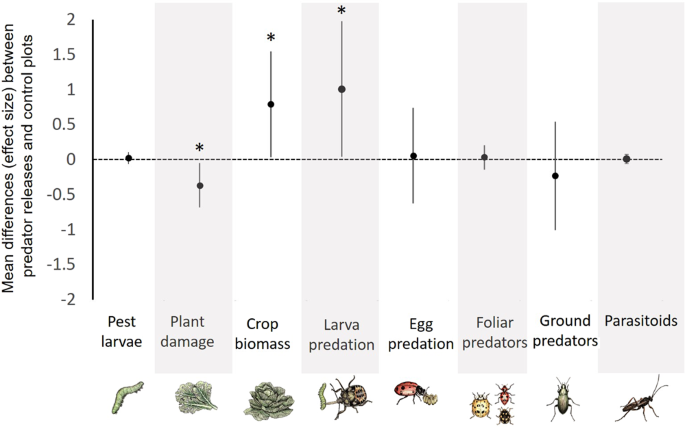

Whereas the methodologies for controlling arthropod pests and weeds may differ, the scientific issues (e.g., introduction strategies, genetics of colonization, evaluation of natural enemy impact, etc.) overlap to a great extent. Because biological control of arthropod pests and biological control of weeds are based upon many of the same ecological principles, researchers from the two fields benefit greatly from information exchange and research collaboration. This application is a renewal request for regional project W-2185 and involves biological control of both arthropod pests and weeds. The mission of this regional project is to facilitate research and implementation activities among the participating institutions and organizations in applied biological control. It is difficult to put a monetary value on the savings due to biological control, but potential benefit : cost ratios overwhelmingly favor using these methods as a pest control option (Gutierrez et al. The fundamental problem in applied biological control is to select an appropriate species or combination of species from this pool that will bring about the desired level of pest suppression with minimal impact on nontarget species. For a given arthropod pest or weed, a pool of natural enemies often exists which consists of vertebrates, invertebrates, and microorganisms. In the importation approach (generally referred to as classical biological control), exotic natural enemies are imported and released in a new area where the target pest occurs, while augmentation and conservation involve supplementing (or manipulating) natural enemies already in place, or modifying the environment, respectively, to improve the effectiveness of biological control. In contrast, applied biological control is achieved through human efforts or intervention, and consists of three main approaches - importation, augmentation, and conservation.

Natural biological control is that brought about by indigenous natural enemies in the native range of a pest species. Two types of biological control, natural biological control and applied biological control, are often distinguished. Biological control is the "the action of parasites, predators, and pathogens in maintaining another organism's density at a lower level than would occur in the absence of the natural enemies" (DeBach 1964). Organic farming, is no longer considered a cottage industry, and has shown an increase in retail sales, hitting $21.1 billion in 2009. Moreover, biological control is a cornerstone of organic farming, and the production of organic commodities in the United States continues to increase at roughly 20% per year (USDA-ERS 2009). It will play an increasingly important role in integrated pest management (IPM) programs as broad-spectrum pesticide use continues to decline.

Biological control continues to be proven one of the most effective, environmentally sound, and cost-effective pest management approaches used to controlling arthropod and mite pests.


 0 kommentar(er)
0 kommentar(er)
